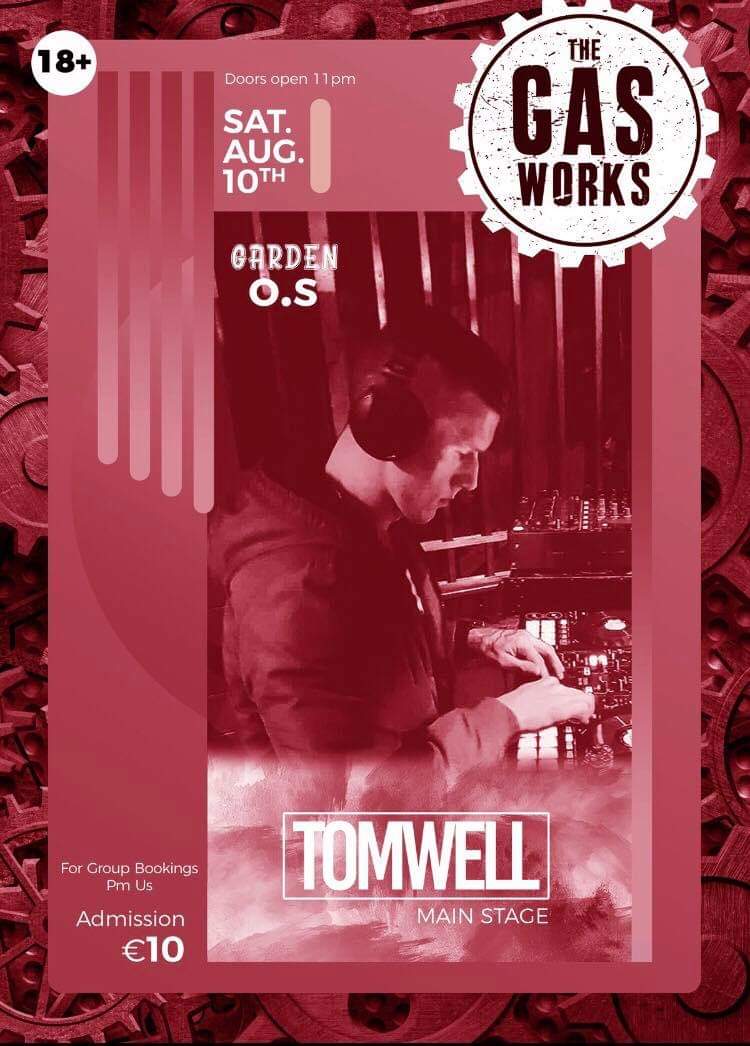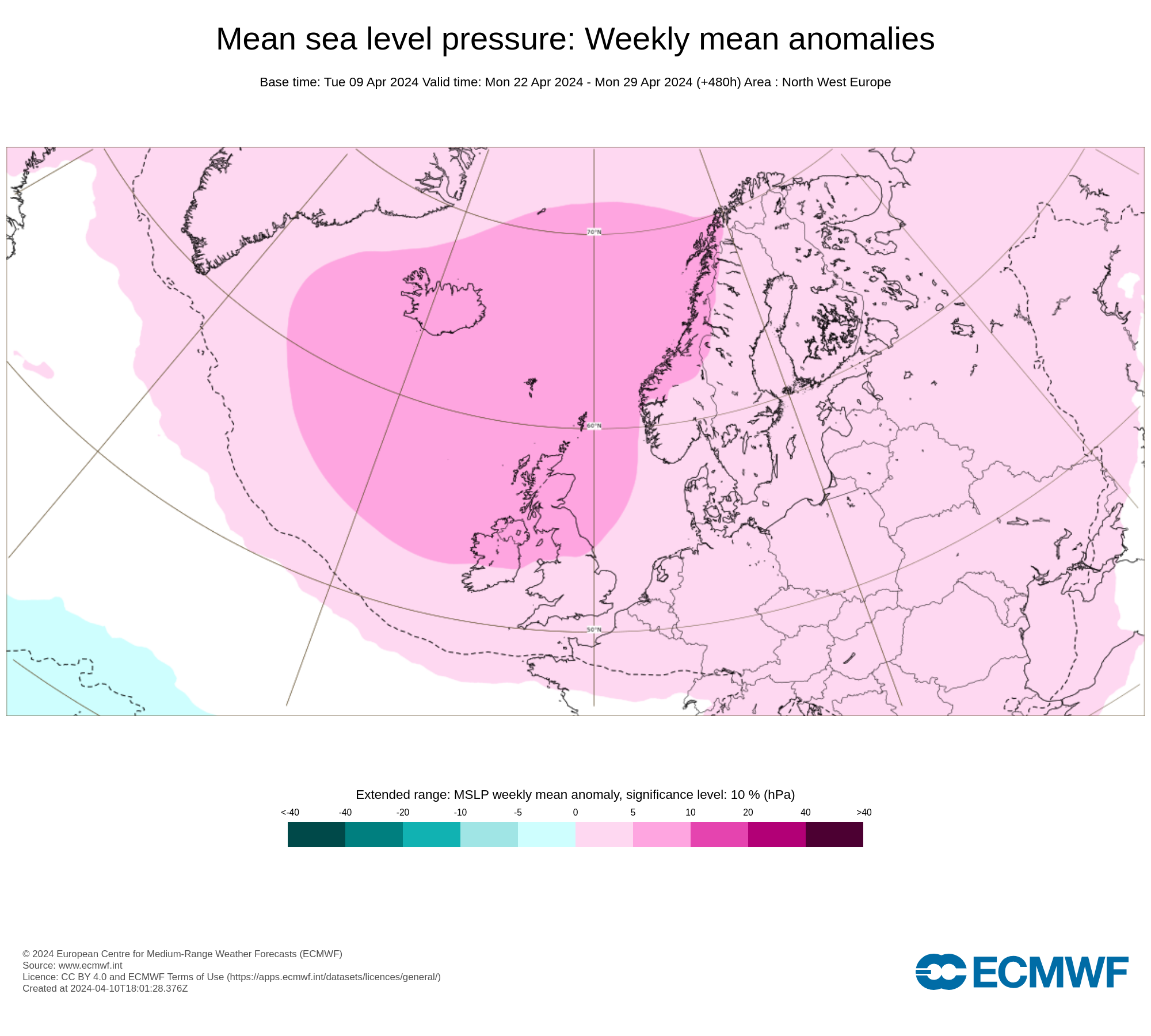Get ready for the best meteor shower of the year this Monday night and Tuesday morning the perseid meteor shower
August is regarded as "meteor month," boasting one of the best displays of the year: the 2019 Perseids, the most famous of all showers.
These meteors never fail to provide an impressive display, and due to the shower's summertime appearance, the Perseids tend to provide the majority of meteors seen by nonastronomy enthusiasts. This year, the shower will peak in the predawn hours of Tuesday, Aug. 13.
Unfortunately, prospective meteor watchers will face a major stumbling block this year, because the moon will be at a waxing gibbous phase at that time (the satellite will turn full on Thursday, Aug. 15). This means the moon will seriously hamper viewing of this year's Perseid display; bright moonlight will flood the sky for almost the entire night, playing havoc with any serious attempts to see meteors. The moon will no doubt wash out all but the brightest of these swift streaks, which will appear to emanate from the northeast part of the sky.
Were there no bright moon to interfere, a single observer in a location free of any bright lights and with a wide-open view of the sky would see anywhere from 50 to 100 meteors per hour. Those who live in big cities or brightly lit suburbs would of course, see much less.
Yet, those who grasp at straws have one ray of hope: On the morning of the shower's peak, the moon, 97% illuminated and practically full, will set just before the appearance of the first light of dawn. This will leave a small window in which the sky will be totally dark, free of any moonlight. So, if you hope to get a good (albeit short) look at this year's Perseids, that's the time to do it.
How long that window of opportunity lasts will depend on where you're watching. I have provided a simple table for Aug. 13 giving the local time of moonset and the time of the start of morning twilight. It also lists the duration, in minutes, of the prime dark-sky periods for meteor viewing.
You might also look on Aug. 12, the morning before the peak. While the rate then will be only about a quarter of the peak rate (12 to 25 meteors per hour), the moon will set about 50 minutes earlier,which means an additional 50 minutes of dark, moonless skies.
Perseids are typically fast and bright, and they occasionally leave persistent trains. A Perseid fireball can be quite spectacular and bright enough to attract attention even in the bright moonlight.
2019 CALENDAR NOW ON SALE



































